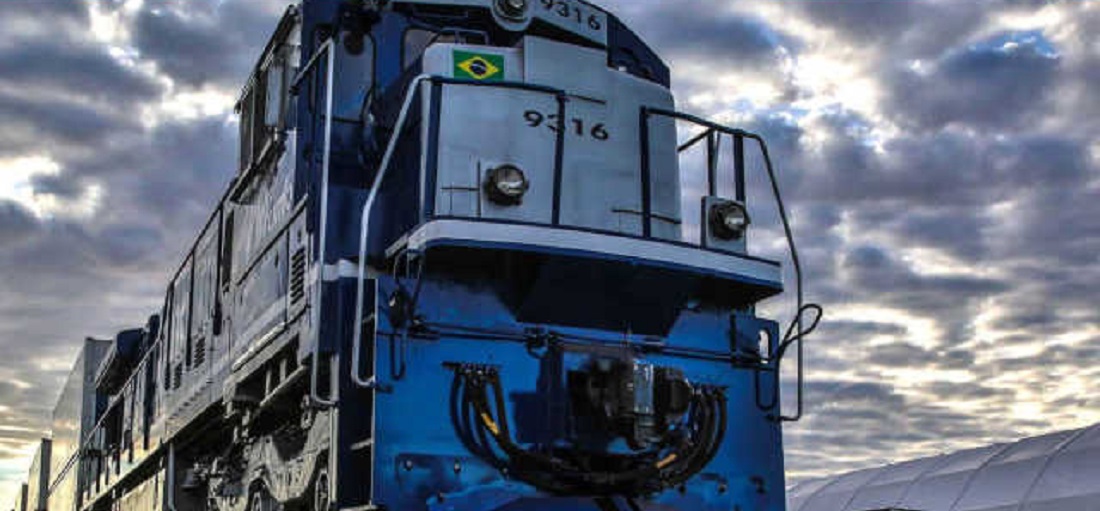
Rumo`s new 120-wagon train increases capacity by 50%
Mar, 18, 2021 Posted by Ruth HollardWeek 202112
Rumo has designed a new operation model for the main agribusiness rail corridor running between Rondonópolis (MT) and the Port of Santos (SP). With a capacity to transport around 11,500 tons of grain, the 120-wagon train increases capacity by 50% compared to the compositions used before using a maximum of 80 wagons (7,600 tons). On average, seven 120-wagon trains should leave towards Santos. This February, around 80,000 tons of soybeans have been shipped daily to the main grain terminal in Latin America.
According to the last grain survey for the 2020/21 harvest released by Companhia Nacional de Abastecimento (CONAB), the Brazilian harvest was estimated at 133.70 million tons, on the consumption side, exports are expected to reach a number above 85.7 million tons, motivated by the high Chinese demand and the high percentage already sold which already reaches more than 60% of the harvest.
“We are prepared to meet the soybean volumes this February with maximum efficiency”, says Darlan Fábio De David, Vice President of Rumo’s northern operations. “We have an average of 1,600 trucks per day unloading at the terminal. It is an operation to support agribusiness in Mato Grosso, we work to shorten distances and put the producer at the port’s door”, emphasizes Darlan.
In tests since June last year, the initiative to increase capacity is part of the commitments assumed by Rumo during the early renewal of the concession contract for Malha Paulista until 2058. In 2020, 505 tests were carried out, equivalent to more than 830,000 kilometers.
“The increase in the capacity of the trains will provide a 30% reduction in flow when the entire fleet is made up of this new operational model”, projects Darlan.
Studies and investments
For the new agribusiness operating model to be made feasible, Rumo initiated a plan in 2018 that involved a series of technical challenges for the design of the train that included the use of simulators, field tests, and sensors to assess issues related to track conditions, capacity, and other factors. Altogether, more than R$ 700 million will be invested in the project. The works involve adjustments in yards, filling stations, and signage.
All adjustments for the circulation of 100% of the 120-wagon trains in the export flow (Rondonópolis-Porto de Santos) were completed earlier this year. In the import flow, it is expected that the works will be completed by 2022.
In addition to the adjustments in the Paulista and North network, the entire operation of the Central network (North-South railroad) between Porto Nacional (TO) and Estrela D ’Oeste (SP) is being structured to serve the operations with the 120-wagon trains. The projection is to have at least 1 train per day departing from the São Simão (GO) terminal when operations start in this first semester.
-
Meat
Sep, 25, 2024
0
Brazil Beef Exports Set to Match Last September’s Figures in Half the Time
-
Coffee
Mar, 28, 2022
0
Coffee exporters rescue an old transportation method due to the lack of containers
-
Ports and Terminals
Aug, 21, 2024
0
Itajaí Port’s Container Operations to Resume with Five Shipping Lines
-
Ports and Terminals
May, 11, 2020
0
Brazil’s port movement showed only a 1.1% dip in first quarter despite coronavirus pandemic



